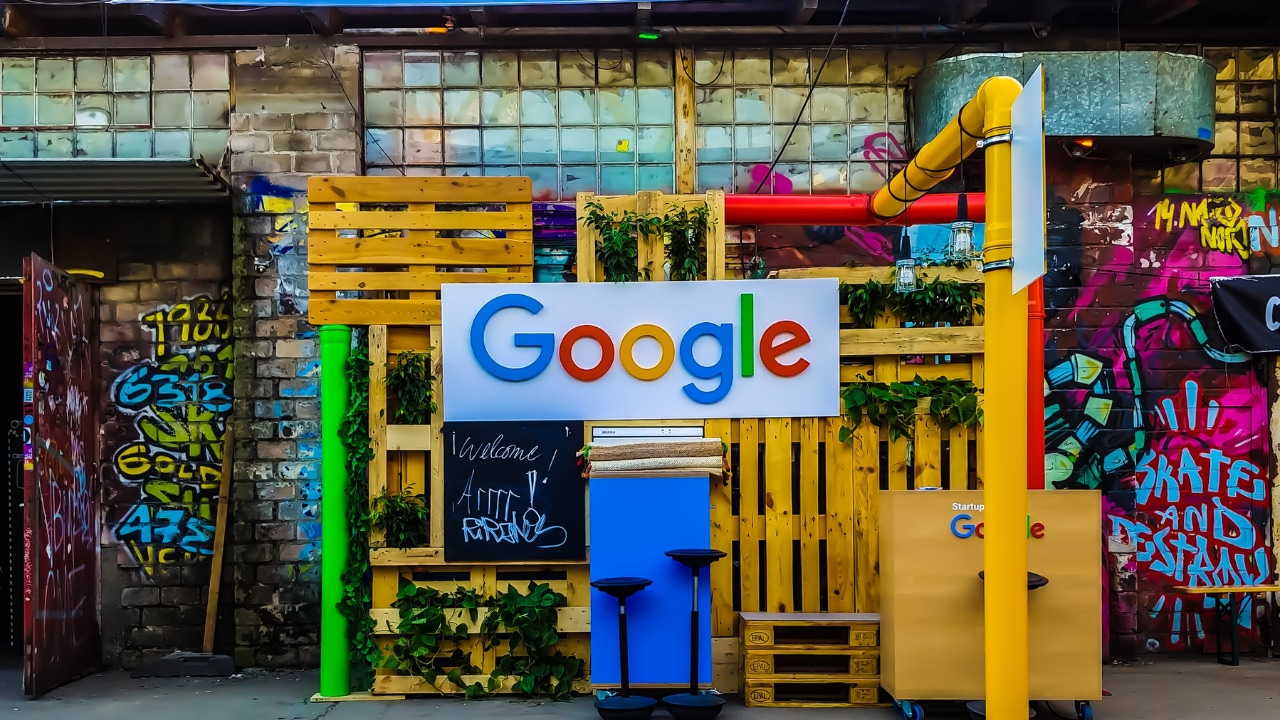Google Ads are getting pricier, with costs per lead jumping 30%–100%, especially in e-commerce, education, and SaaS. AI-powered tools like Google Gemini are shaking things up—smarter targeting means fiercer competition, driving up bids, according to Gaurav Arora, Co-Founder of Social Panga.
Plus, AI-driven search is changing how people find information, cutting into traditional search traffic and making ads even more expensive. To keep up, brands are diversifying—leaning more on social media, SEO, and programmatic ads. AI-powered bidding and smarter content strategies are also key. Personalization and user experience matter more than ever—engaging the right audience is crucial.
The bottom line according to Arora is that AI is reshaping digital advertising fast. Brands that adapt, automate, and rethink their approach will get the best results.
Sindhu Biswal, CEO & Founder of Buzzlab, echoes this sentiment, emphasizing the impact of AI tools like Gemini on advertising costs. “AI tools like Gemini are enhancing search delivery with precision targeting and dynamic ad placements. This drives competition, as advertisers bid higher for top placements in a more effective ecosystem. While these tools improve ad performance, they push costs up, especially for high-intent keywords and competitive markets. The challenge for marketers is balancing efficiency with skyrocketing CPCs,” he says.
Sectors Feeling the Pinch
The impact of rising ad costs is particularly pronounced in industries where intent-driven searches dominate. A study by Teamlease Digital revealed that AI adoption in key Indian sectors reached approximately 48% in FY2024, with the banking and financial services industry leading at a 68% adoption rate. This widespread adoption is intensifying competition for AI-optimized advertising spaces, leading to increased costs per click (CPC) and higher overall advertising expenditures.
The sectors that are most affected include Banking and Financial Services (BFSI), with a 68% adoption rate, leveraging AI for predictive modeling and targeted advertising, intensifying competition and driving up advertising costs. The Pharma and Healthcare sector, with a 52% AI adoption rate, uses AI for customer insights and personalized marketing, contributing to increased advertising expenses. Similarly, the Fast-Moving Consumer Goods (FMCG) and Retail industries, at a 43% adoption rate, utilize AI for content creation and creative optimization, creating a more competitive advertising landscape, says Russhabh R Thakkar, Founder and CEO, Frodoh.
Diversification: Reducing Reliance on Google
As costs rise, brands are reassessing their dependency on Google and exploring alternative channels. “With marketplace-play and D2C-play becoming strong, brands in this space are already looking at intent based targeting through e-commerce media. With rising costs and emerging AI-driven alternatives, brands are diversifying their strategies, exploring platforms like Amazon, e-commerce, quick-commerce and investing in organic channels to reduce over reliance on Google, says Rakesh Hinduja, Co-Founder, Wondrlab India.
Arjit Sachdeva, CTO of VDO.AI, highlights a shift in ad spending patterns. “With AI forcing users to scroll even 2-3 times on mobile, marketers are spending 20-25% additional time in aligning content with the AI results. This has led to even more competition for high intent keywords, increasing the CPCs and CPLs by 25-30%. The impact has been pronounced on B2C brands due to their heavy reliance on Google for visibility and conversions,” he explains.
“A lot of our clients have reallocated their budgets to optimize their advertising spend, with a notable 4x increase in investment on programmatic ads, CTV, and native ads in the Q4 of 2024. It’s not a matter of “If” and “Should” anymore. In order to maintain brand presence and influence the digital sphere, marketers and advertisers must balance the growing costs and diversify their channels,” he shares.
Ambika Sharma, Founder and Chief Strategist at Pulp Strategy, stresses the importance of multi-channel strategies: “For our brands, we emphasize an aggressive first-party data strategy supported by MarTech, leveraging email, messengers, and seamless consumer journeys. The future lies in strategic, multi-channel efficiency paired with impactful engagement.”
Programmatic Advertising Trends
The rise of AI is also influencing programmatic advertising trends. Yash Chandiramani, Founder and Chief Strategist Admatazz, says, “AI summaries on search entries are returning a lot of zero click searches. This has obviously reduced the CTR in many cases as people are getting their answers before visiting any website in the SERP itself.”
Now this has reduced the informational intent driven audience visits on web pages of products that are high involvement categories, but it’s costlier only for media plans that wanted exposure to such audiences.
“If you use search to target commercial and transactional intent audiences, Gemini’s summaries won’t affect your search ads much as people infact seek actionable links with these searches and not just information. So as it is with every platform, smarter media planning will not cause any wasteful expenditure and instead search can become a far more powerful media for short term business impact,” Yash Chandiramani states.
Chandiramani believes there might be an increase in high involvement categories in programmatic if media plans have reduced their informational audience search budget and assigned it however a direct impact may not be predictable. “Google’s demand gen/discovery ads have also worked very well in the past few years and is a solid product. We have personally seen better results for goals like lead generation,” he reveals.
Shailendra Singh Mehta, Head – Paid Media, AdLift, adds that Gemini may reshape how marketers craft their messages rather than altering costs or strategies in search delivery itself. Gemini-like AI tools biggest impact will be seen in the search volume of informational queries. It will disrupt the organic brand rankings on google. And as the user behaviour evolves with time, marketers’ efforts will change from Google organic rankings to rank on these AI tools.
No doubt, while AI advancements like Google Gemini are improving targeting precision and ad performance, they are also driving up costs, especially for high-intent keywords and competitive industries. To adapt, brands are diversifying their strategies, exploring alternative platforms, and investing in programmatic ads and organic channels. As Biswal points out, the challenge for marketers lies in “balancing efficiency with skyrocketing CPCs”.
Read More:Q-Commerce DSPs to dent big tech’s ad revenue in India
